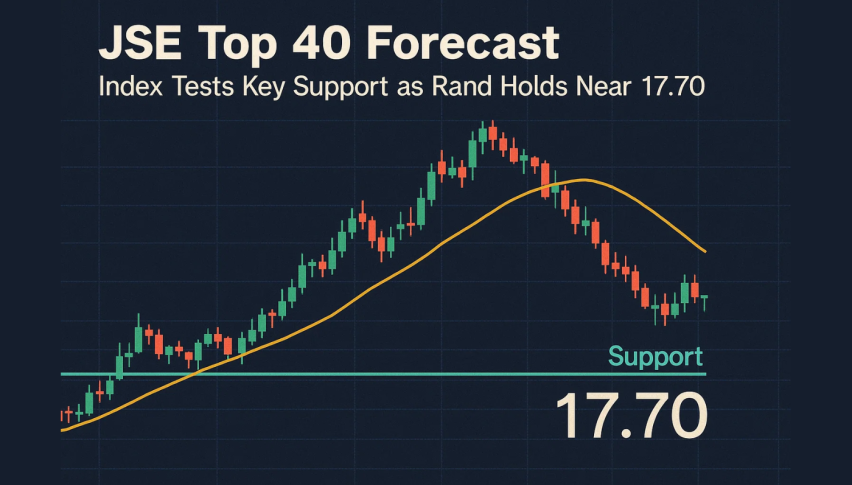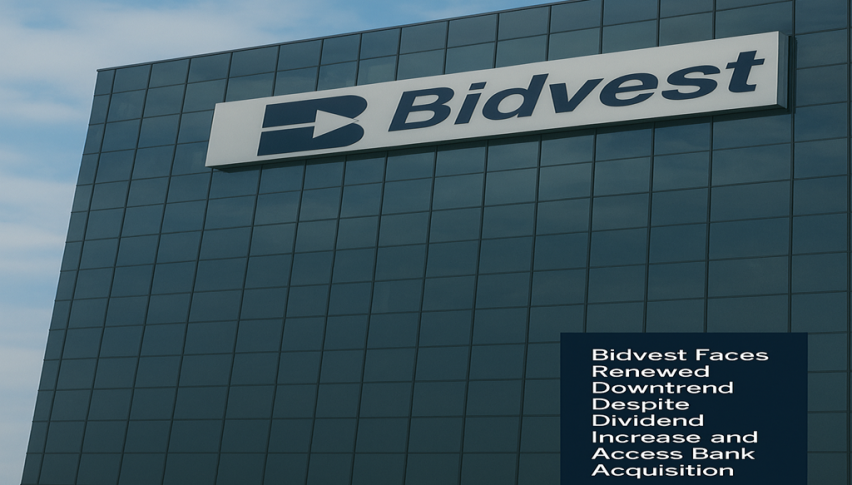June South African Rand Forecast: USD/ZAR Soars Toward R17 on Auto Sales, SARB Rate Cut
The South African rand rose sharply as good macroeconomic indicators, increased trade optimism, and a surge in gold prices offset...

Quick overview
- The South African rand rebounded by 0.7% against the US dollar, supported by improving trade sentiment and rising gold prices.
- Despite a decline in manufacturing sentiment, the automotive sector showed a 22% year-over-year increase in new vehicle sales.
- The South African Reserve Bank cut its benchmark repo rate by 25 basis points, aiming to stimulate economic growth and improve borrowing conditions.
- Favorable global market sentiment and a weaker dollar have contributed to the rand's momentum, suggesting potential for continued strength in the coming weeks.
The South African rand rose sharply as good macroeconomic indicators, increased trade optimism, and a surge in gold prices offset disappointing manufacturing data.
ZAR Rebounds as Dollar Weakens and Local Conditions Improve
After a brief setback late last week, the South African rand (ZAR) rallied on Monday, advancing by 0.7% to trade at 17.8650 against the US dollar. The rebound came despite a decline in South Africa’s manufacturing sentiment, underscoring the resilience of the currency amid broader macroeconomic shifts and improving investor appetite for emerging market assets.
Manufacturing Pressure vs. Resilient Demand
The Absa Purchasing Managers’ Index (PMI), a leading gauge of manufacturing sentiment, declined for the seventh consecutive month in May. The sustained drop reflects ongoing logistical bottlenecks and weaker domestic demand, according to survey respondents. The continued weakness in manufacturing was largely anticipated by analysts, who pointed to supply chain inefficiencies and broader structural challenges within the sector.
However, more optimistic news came from South Africa’s automotive sector. Data released by NAAMSA, the national automotive association, showed a significant 22% year-over-year increase in new vehicle sales for May. This signals that consumers are beginning to respond positively to easing financial conditions.
Rate Cuts Begin to Stimulate the Economy
Last Thursday, the South African Reserve Bank (SARB) reduced its benchmark repo rate by 25 basis points to 7.25%. This marks a significant shift in monetary policy aimed at reigniting growth and easing borrowing conditions for households and businesses. While the full economic benefits of the rate cut will take time to filter through the banking system, economists expect continued improvement in consumption and business investment.
Technical Landscape and Market Drivers
Technically, the USD/ZAR pair has broken below the R18.00 threshold—a key psychological and technical level—reversing its previous upward trajectory. Although the pair momentarily breached that mark on Friday, the 20-day simple moving average acted as firm resistance, leading to renewed selling pressure on the dollar.
Earlier in the year, USD/ZAR surged to R19.94, nearly matching the all-time high of R20.00 reached in May 2023. But momentum has since turned decisively in favor of the rand, with multiple tailwinds contributing to the shift.
Gold Prices and Global Sentiment Support Rand
The recent 4% weekly rise in gold prices has been a major boon for the rand. As one of the world’s leading gold producers, South Africa stands to benefit directly from higher export revenues, which in turn strengthens the local currency.
In addition, a cooling of tensions in US-China trade relations has improved sentiment across global markets. This has particularly benefited commodity-linked and emerging market currencies like the rand, fueling renewed interest in South Africa’s trade-exposed economy.
Conclusion: Despite soft manufacturing data, the South African rand is riding a wave of momentum driven by favorable commodity trends, rate cut optimism, and a broadly weaker dollar. If these tailwinds persist and local economic indicators continue to stabilize, the ZAR could maintain its upward trajectory in the coming weeks, particularly as investors seek yield and exposure in well-positioned emerging markets.
- Check out our free forex signals
- Follow the top economic events on FX Leaders economic calendar
- Trade better, discover more Forex Trading Strategies
- Open a FREE Trading Account



